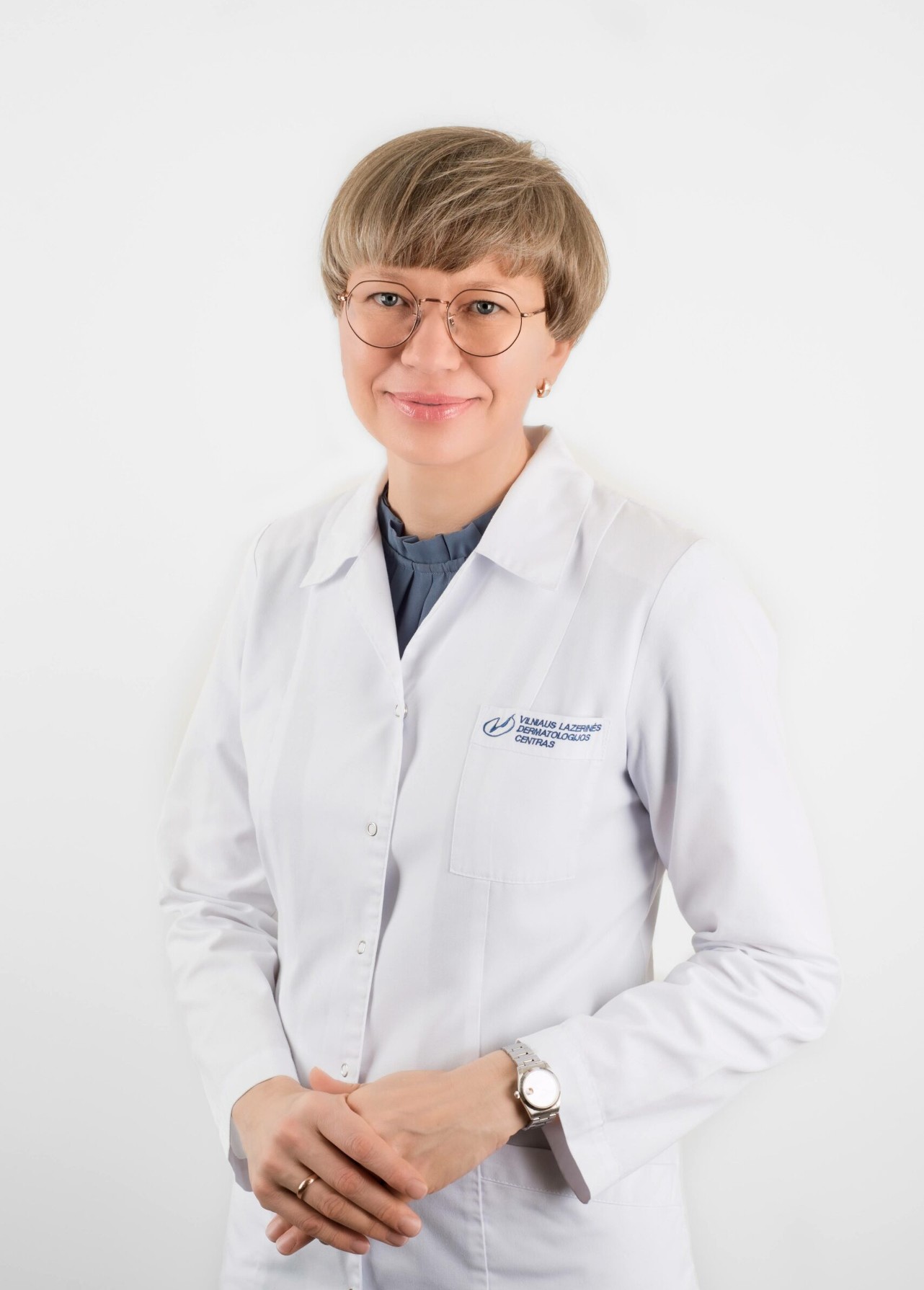Lupus erythematosus is a chronic inflammatory skin disease that affects the skin, oral cavity, genitals, scalp and nails. It is most common in middle-aged people (aged 30-60 years). It is a relatively rare skin disorder, found in <1% of the general population.
The cause of the disease is not clear, but it is thought to be due to immune disorders. Flat lichen planus has been observed to be more common in patients with hepatitis C. In addition, the use of certain medications, such as:
- Antibiotics (streptomycin, tetracycline)
- Antiarrhythmic drugs, including drugs for high blood pressure
- Medicines used to treat malaria
- Antidepressants
- Diuretics (especially thiazide class)
- Metals (e.g. gold)
- Antihistamines
- Diabetic drugs, non-steroidal anti-inflammatory drugs, cholesterol-lowering drugs, etc.
What factors increase the likelihood of developing lichen planus?
- Genetic predisposition
- Physical and emotional stress
- Trauma to the skin
- Certain skin diseases such as shingles
- Systemic viral infections such as hepatitis C
- Contact with mercury
- Metal-containing dental fillings
- Thyroid diseases
Signs of lichen planus
As already mentioned, lichen planus affects the skin, mucous membranes, scalp, nails and genitals.
The most characteristic skin lesion is characterised by flat, polygonal, purple papules with a glossy surface, which are extremely itchy. Individual rashes are small but may coalesce into larger lesions. On close inspection, the surface shows thin white strands, also known as Vikham striae. Often, digging and trauma to the skin lead to the appearance of new rashes.
The most common areas are the ankles, wrists and lower back, but the trunk can also be affected. After the rashes have healed, post-inflammatory pigmentation remains.
Nail lesions, occurring in about 10% of cases, range from nail dystrophy to complete nail loss.
When flat lichen planus affects the scalp, foci of efflorescence with squamous rash elements appear. If left untreated, the disease progresses to scarring alopecia and irreversible hair loss. Once the hair follicle is damaged, the hair stops growing.
Lace-like Wickham striae or atrophic rashes and erosions may appear on the oral mucosa. The latter are painful and often complicate oral candidiasis.
Genital flat lichen planus is manifested by purple eruptions on the head of the penis in men and by similar eruptions on the vulva in women.
How is flat lichen planus diagnosed?
In most cases, a thorough examination by a doctor is sufficient to make an accurate diagnosis. In unclear cases, a skin biopsy and histological examination are performed. During the consultation, your doctor may ask you about medications you are taking and risk factors for hepatitis C (e.g. previous surgery, blood transfusions, etc.).
Treatment of flat lichen planus
The cutaneous form may go away on its own within 1 to 2 years. Oral, scalp and genital flat lichen planus is often resistant to treatment.
The main treatment for cutaneous lichen planus is to relieve the troublesome itching and to speed up the healing of the rashes. Corticosteroid ointments are the most common treatment. In the case of extremely widespread rashes, systemic corticosteroid therapy, phototherapy and PUVA therapy are prescribed. Effectiveness is assessed after 2 to 3 weeks. Antihistamines are recommended to relieve itching. PUVA baths and PUVA cream are among the most effective treatments for flat lichen planus.

